
Given his blatant talents, it’s amazing how long it took James Marshall Hendrix to make an album. Seattle-born Hendrix was caught twice as a youth riding in stolen cars, and given the choice between the army and jail, trained as a paratrooper. After his discharge in 1962, he moved to Nashville and backed acts like Sam Cooke, Ike & Tina Turner, and Wilson Pickett. He moved to Harlem in 1964, and joined the Isley Brothers as a backing guitarist. Hendrix then moved on to Little Richard’s backing band and then formed his own band, Jimmy James and the Blue Flames, with Spirit‘s Randy California also on guitar.
Introduction
Hendrix was eventually noticed by Keith Richard‘s girlfriend Linda Keith, who recommended him to former Animal Chas Chandler. Chandler relocated Hendrix to move to London and recruited bassist Noel Redding and drummer Mitch Mitchell to form a power trio, The Jimi Hendrix Experience. The group quickly became an acclaimed live act – three top ten singles (‘Hey Joe’, ‘Purple Haze’, and ‘The Wind Cries Mary’) paved the way for the debut album Are You Experienced.
Hendrix continued to enjoy success through the 1960s – the double album Electric Ladyland topped the US charts, while he closed Woodstock Festival. He became restless, forming The Band of Gypsys with jazz drummer Buddy Miles and old army mate Billy Cox. Hendrix was in the process of recording a fourth studio album when he passed away suddenly in London in 1970.
Sadly, a bunch of prominent musicians – including Brian Jones, Janis Joplin, and Jim Morrison – passed away at the age of 27 at the turn of the 1970s. Hendrix’s loss seems like the most tragic. He could have excelled in funk or jazz fusion in the new decade, and he was also skilled in the studio. Hendrix only made three studio albums during his lifetime, but there’s been a flood of largely inauspicious posthumous releases.
Hendrix’s main appeal is his guitar virtuosity – left-handed, he played a Fender Stratocaster upside-down. He was a showman live, playing with his teeth and setting his guitar on fire.
Jimi Hendrix Album Reviews
Are You Experienced
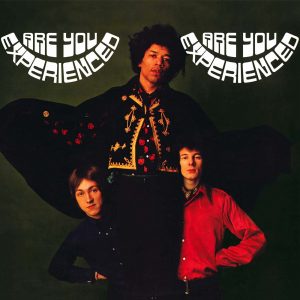
1967, 9.5/10
I generally prefer albums from artists a few years into their career, where they’ve developed more studio expertise and more diversity in their material. But after years of gigging, Hendrix was fully-formed when he recorded his first studio album. There are markedly different versions of Are You Experienced – the UK version excludes the ace pre-album singles ‘Hey Joe’, ‘Purple Haze’, and ‘The Wind Cries Mary’, while the US version includes them at the expense of ‘Red House’, ‘Can You See Me’, and ‘Remember’. The deluxe 17-track CD includes all the album tracks, singles, and b-sides, and is the definitive version.
Whichever version you have, Are You Experienced is an excellent batch of songs that display Hendrix’s pop sensibility. Even without the singles, the UK version still boasts ‘Foxy Lady’ and ‘Fire’. Hendrix also showcases his stylistic range – his take on the well-worn 12-bar blues on ‘Red House’ is electrifying. The title track showcases his counter-cultural credentials, while he has the opportunity to display his guitar prowess on the lengthy ‘3rd Stone From The Sun’.
Are You Experienced is a sublime debut in any of its editions.
Axis: Bold as Love
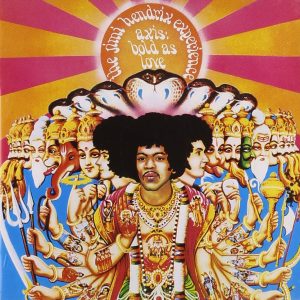
1967, 8.5/10
Having completed Are You Experienced in May 1967, the Jimi Hendrix Experience just kept on recording. Before their debut was released, they were in the studio working on the Noel Redding song ‘She’s So Fine’. The record’s release was jeopardised when Hendrix left the master tape of side one in the backseat of a London taxi. Chandler, Hendrix, and engineer Eddie Kramer had to redo the mix in a single evening session, although they were unsatisfied with ‘If 6 Was 9’, which was recaptured from a tape recording that Redding had made. Axis: Bold as Love is Hendrix’s most psychedelic album but the songwriting isn’t as memorable as the two albums that bookend it.
Despite the weaker standard of material overall, ‘Little Wing’ is one of Hendrix’s strongest and best-loved songs. It’s brief yet lovely, and it’s been covered by Sting, Eric Clapton, and Stevie Ray Vaughan. Elsewhere, often it’s the rockers that make the biggest impact – ‘Spanish Castle Magic’ and ‘If 6 Was 9′, the latter with Graham Nash and The Walker Brothers’ Gary Leeds on foot stomps. ‘Little Miss Lover’ isn’t a remarkable song, but it’s a great platform for Hendrix’s guitar work, while Bob Dylan’s influence on Hendrix is apparent on ‘Bold As Love’.
Axis: Bold As Love is a little overshadowed by what came before and after it, but it’s still a prime Hendrix record.
Electric Ladyland

1968, 9/10
Jimi Hendrix didn’t explore all of his potential during his all-too-brief recording career, but he did get a chance at that most sacred rock tradition, the bloated double album. Where the first two albums were tight affairs, recorded in London with the Experience, Electric Ladyland was largely recorded in New York. Noel Redding was busy with his own band, Fat Mattress, and Hendrix plays many of the bass parts himself, while the band is augmented by outside musicians like Traffic’s Steve Winwood and Dave Mason, Jefferson Airplane’s Jack Casady, and Rolling Stone Brian Jones. Producer Chas Chandler left the recording sessions, leaving Hendrix as the producer. Electric Ladyland is stretched out in places, but it has enough moments of genuine inspiration that it’s a joy rather than a chore to listen to.
Most celebrated is Hendrix’s cover of Dylan’s ‘All Along the Watchtower’, transforming Dylan’s rambling Biblical fable into electrifying blues. Hendrix delivers one of the great all-time guitar riffs on ‘Voodoo Chile (Slight Return)’, while the underwater sound of ‘1983… (A Merman Shall I Be)’ is another of his best guitar parts. ‘Burning of the Midnight Lamp’ was started in the Axis: Bold as Love era and was released as the band’s 4th single in the UK, but it didn’t appear on record until here – it’s great, a slow-burning blues with a spooky guitar riff. My favourite is ‘Crosstown Traffic’, a funky rocker with some of my favourite Mitchell drumming. The original ‘Voodoo Chile’ stretches out over a quarter of an hour with Winwood and Casady in the jam session.
Like a lot of double albums, Electric Ladyland is a little indulgent at times, but there’s enough great Hendrix music that its length is justified.
Band of Gypsys

1970, 6/10
The Jimi Hendrix Experience played their last gig together in June 1969. Noel Redding was replaced by Billy Cox for Hendrix’s underrehearsed Woodstock performance, which was augmented by a second guitarist and two percussionists. Afterwards, Hendrix formed a new power trio, Band of Gypsys, in order to fulfil a record contract he had signed back in 1965. It’s a live album of previously unreleased material, recorded with Cox and drummer Buddy Miles on 1 January 1970. The rhythm section is funkier and more relaxed than The Experience. Miles has an unusually large presence, writing two of the six tracks and sharing vocals with Hendrix.
Miles’ enlarged presence isn’t always welcome, but the main issue with Band of Gypsys is the material. Hendrix held back some of his best material for his upcoming fourth album, while these songs are different in feel – longer and more politically focused than before. It’s rumoured that Hendrix was encouraged by the Black Panthers to form an all-black band and perform more political material. The extended running times and less claustrophobic rhythm section allow space for Hendrix’s guitar playing, but only a couple of these songs are among Hendrix’s best. ‘Message to Love’ previously turned up on Hendrix’s Woodstock set, but it’s welcome here, while the highlight is ‘Machine Gun’ with Hendrix’s incendiary guitar playing.
Band of Gypsys is much weaker than Hendrix’s studio discography, with weaker material and Miles hogging the spotlight, but it showcases some aspects of Hendrix’s music that aren’t captured on his studio work.
First Rays of the New Rising Sun

Recorded 1970, 8/10
Hendrix was well through recording a fourth studio album before his untimely passing. He worked with a core band of Mitchell and Cox. It was the strongest rhythm section from the players he’d recorded with, and he intended to make another double album.
When Hendrix passed, the material was handled messily. It was released over three single albums in the early 1970s, The Cry of Love, Rainbow Bridge, and War Heroes. Bizarrely, a 1995 attempt to present the material, titled Voodoo Soup, featured re-recorded drum parts from The Knack’s drummer. In 1997, the family-run Experience Hendrix attempted to recreate a double album as Hendrix planned, although I prefer this unofficial reconstruction from http://albumsthatneverwere.blogspot.com/ which uses a tracklist that Hendrix sketched on the back of a 3M tape box just before leaving for the UK. The artwork is based on a sketch that Hendrix made the day before this death.
It’s clear that the material’s a little weaker than Electric Ladyland – these songs were still works-in-progress, and Hendrix may have added polish to some songs and scrapped others. But those three Experience albums are a high bar and there’s a lot of worthwhile music here anyway. ‘Freedom’ is one of the most fully-realised pieces, a funk-rocker that’s among Hendrix’s best songs. ‘Angel’ is gorgeous, like a sequel to ‘Little Wing’, while ‘Dolly Dagger’ rocks hard. ‘Drifter’s Escape’ is another cover from Dylan’s John Wesley Harding album, and it’s excellent even though it doesn’t ignite like ‘All Along The Watchtower’.
Few of these songs are among Hendrix’s best-known, but that makes First Rays a great listen, a treasure trove of overlooked tracks.
10 Best Jimi Hendrix Songs
One comment
Leave a Reply
Related Pages
About
Aphoristic Album Reviews is almost entirely written by one person. It features album reviews and blog posts across a growing spectrum of popular music.
Review Pages
Read about the discographies of musical acts from the 1960s to the present day. Browse this site's review archives or enjoy these random selections:
Blog Posts
I add new blog posts to this website every week. Browse the archives or enjoy these random selections:
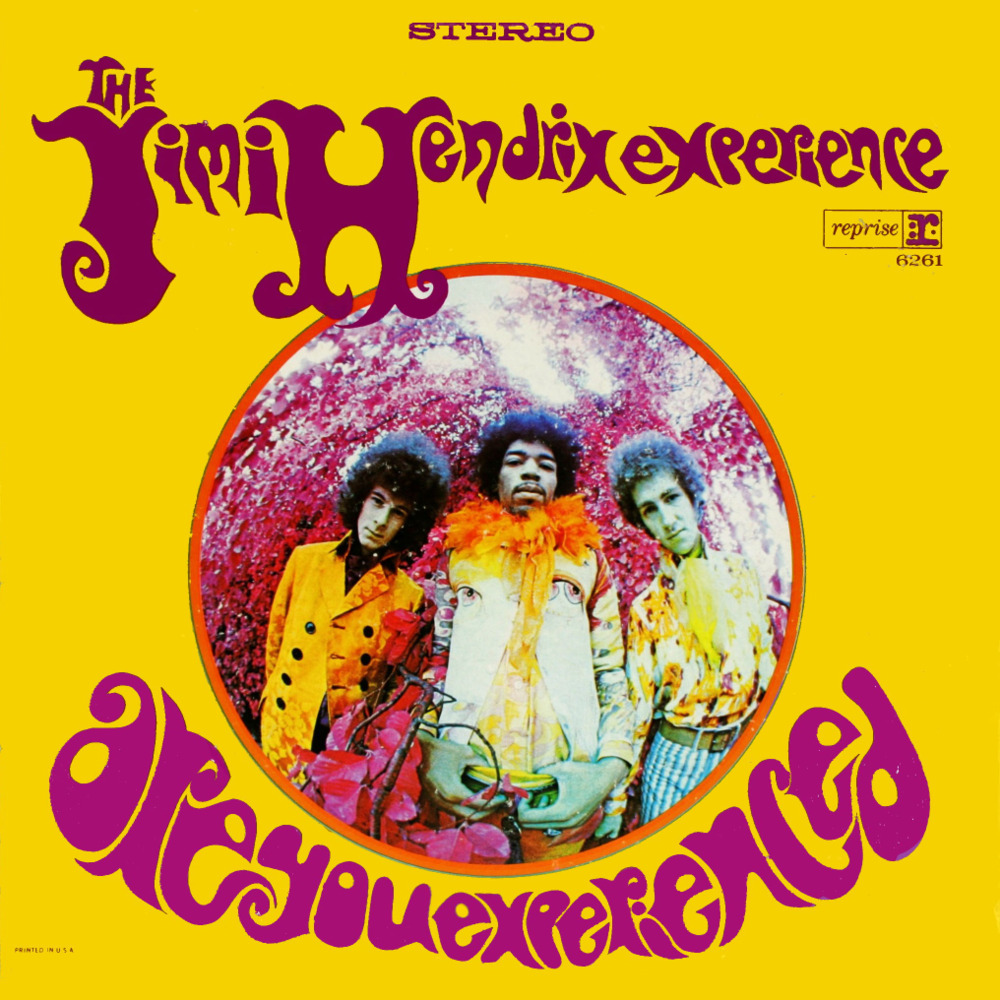
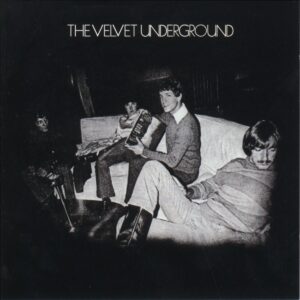
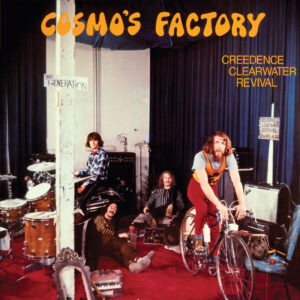
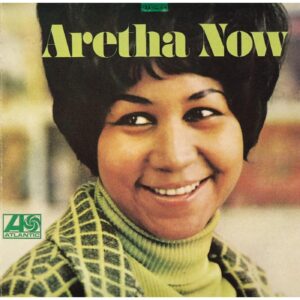


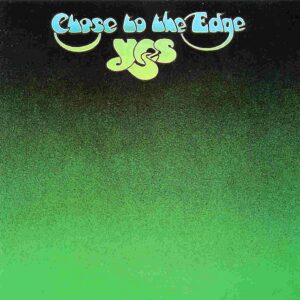

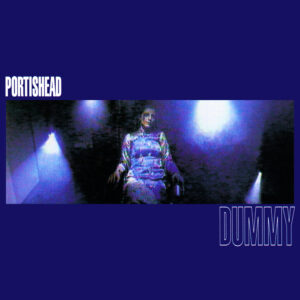

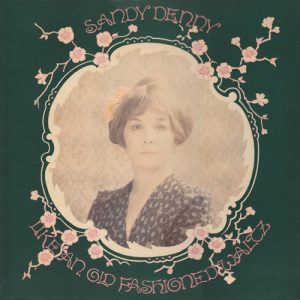
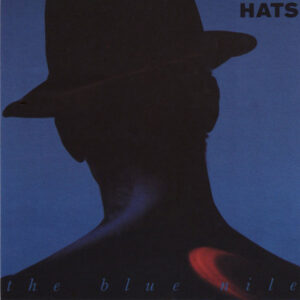






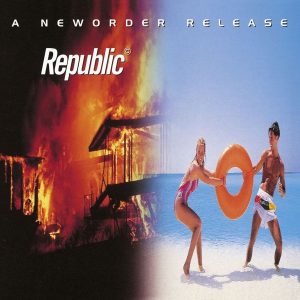
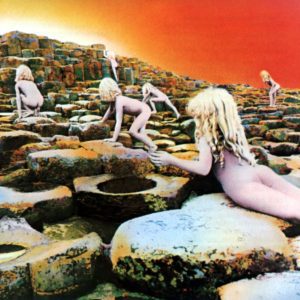




I could swear I already commented on this one but I guess it didn’t work. But anyway, the first album is my favorite and my Top 10 Jjimi Hendrix songs are all from the first album except for the number one, which is All Along the Watchtower. Except sometimes it’s The Wind Cries Mary or Purple Haze. Or Fire.